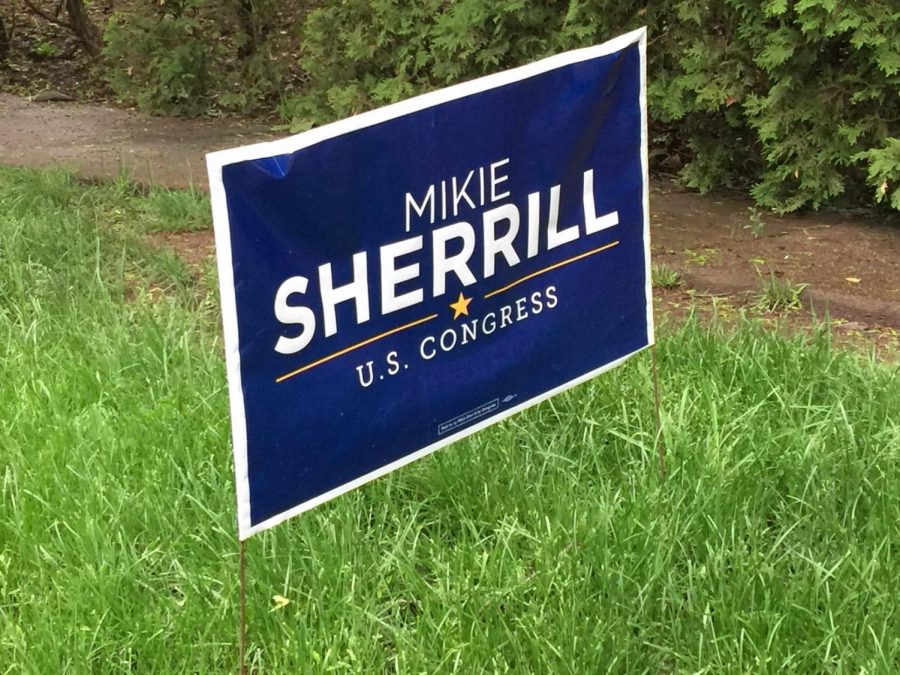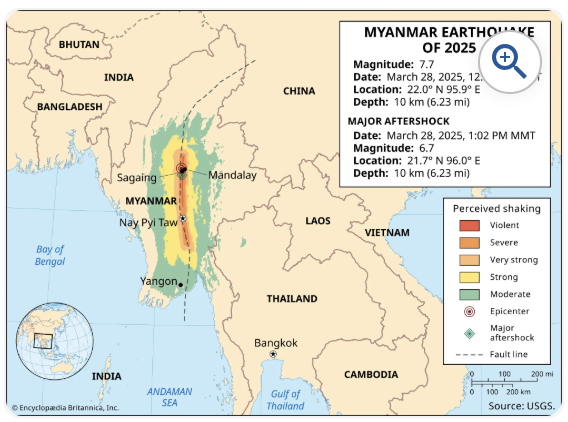Digital Campaigning
June 2, 2020
In January, I was excited to learn that I would be able to work as an intern for Mikie Sherrill, United States Representative of New Jersey’s 11th Congressional District, on her re-election campaign as my Senior Project. Obviously, this would not fully come to pass. Due to COVID-19, almost all senior projects were cancelled, as businesses shut down or moved online during quarantine. I was one of the lucky ones: as soon as New Jersey began locking down, my supervisors from the campaign emailed myself and the other interns, informing us that, despite quarantine, campaigning would continue. Instead of knocking on doors, registering voters, and attending town halls, we would now be text banking (sending out texts to remind people where and when to vote), phone calling, and using social media to spread Mikie’s message.
My primary job so far, along with some text banking, has been working on the campaign’s message through Facebook. The Democratic Congressional Campaign committee (DCCC), which works to elect Democrats in the House of Representatives, had already been moving to enhance social media outreach for the 2020 election, and with a majority of Americans stuck at home, this push for digital campaigning has only become that much more important.
I have been setting up a campaign group on Facebook for volunteers and workers to see events and opportunities for work. This should, hopefully, make communication much more efficient between the official campaign and volunteers, allowing for everyone to see postings whenever they scroll through Facebook, instead of a weekly email or text reminder.
Ironically, the changes wrought on campaigning by COVID-19 have been long overdue among modern election staff. Mail, TV advertisements, and even phone calls don’t connect to a younger generation of voters as efficiently as new tools such as Facebook and YouTube. In person campaigning will by no means disappear; the most effective method to change voters minds is still having a conversation in real life. But at least a significant minority will now be devoted to digital spending, and campaign communication will be primarily through Social Media.






